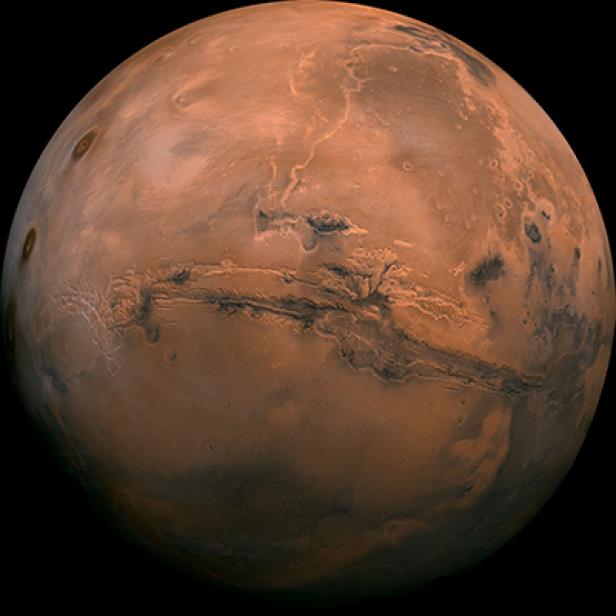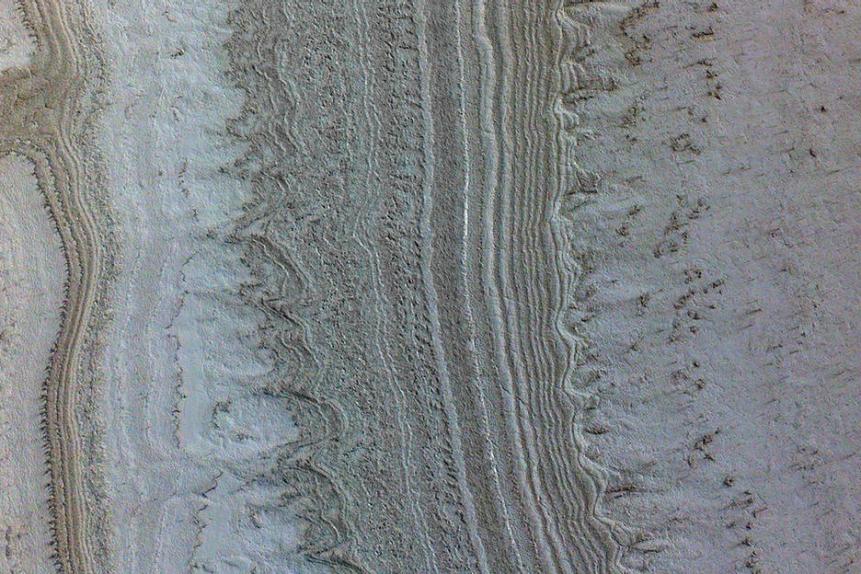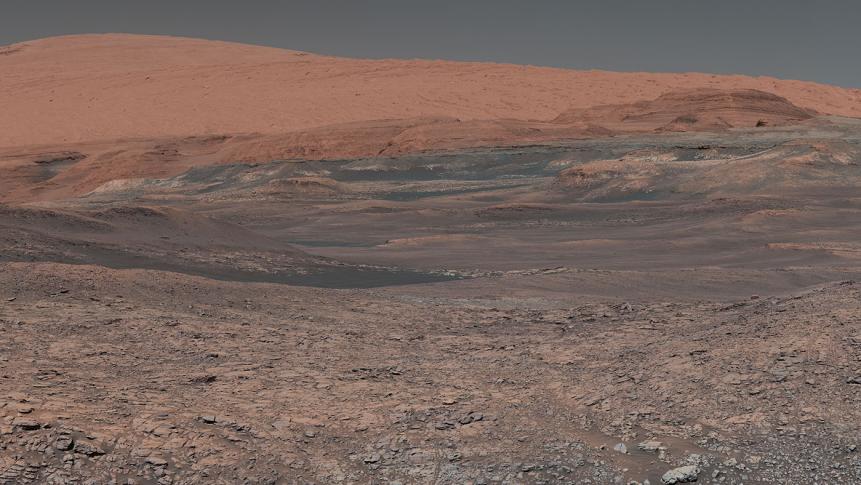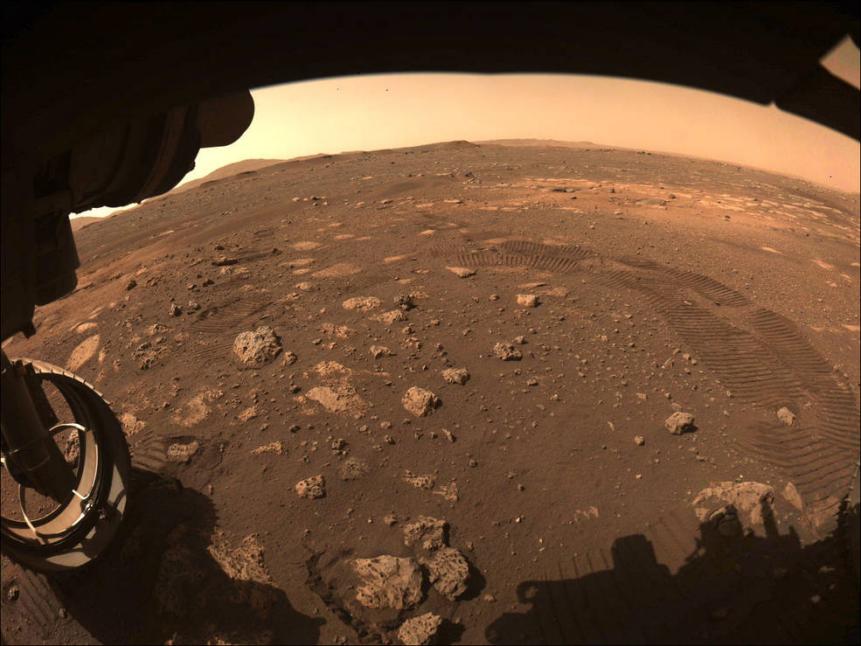
NASA
Evidence for Water on Mars Might be Clay Instead (Bummer!)

What’s shiny and lives under the Martian ice? No, it’s not a joke. It’s clay. Just…clay.
Here’s the scoop. Back in 2018 astronomers were using the European Space Agency’s Mars Express spacecraft, currently parked in orbit around the red planet, to study the polar ice caps. It’s so cold on Mars that those ice caps are mostly made of dry ice, or frozen carbon dioxide. The astronomers were using a radar instrument onboard the Express to try to peer beneath the reflective surface of the ice when they found distinct regions that were far shinier than others.
The astronomers speculated that those shiny, highly reflective regions might be lakes of liquid water. Normally liquid water can’t exist on the Martian surface – it’s way, way too cold for that – but perhaps the pressure of the thick polar ice, along with a healthy mix of chemicals, might keep the regions liquid.
The astronomers did it again in 2020, claiming that there were numerous liquid water reservoirs underneath the southern ice cap. Other astronomers were skeptical of the findings, since it would require a of heat and a lot of salt to keep that water liquid, more heat and salt than any other region of Mars is known to have.

NASA/JPL-Caltech/University of Arizona/JHU
This image taken by NASA’s Mars Reconnaissance Orbiter shows ice sheets at Mars’ south pole. The spacecraft detected clays nearby this ice; scientists have proposed such clays are the source of radar reflections that have been previously interpreted as liquid water.
I have a personal mantra when it comes to science news: if it’s interesting, it’s probably wrong.
Liquid water on Mars would be very interesting indeed, as liquid water might be a home for life, and life on Mars would be super cool.
But new evidence has come to light that those highly reflective regions may not be water after all. Keep in mind, it might still be liquid water, but there’s another, much more boring hypothesis in competition: clay.

NASA/JPL-Caltech/MSSS
This mosaic taken by NASA's Mars Curiosity rover looks uphill at Mount Sharp, which Curiosity has been climbing. Spanning the center of the image is an area with clay-bearing rocks that scientists are eager to explore; it could shed additional light on the role of water in creating Mount Sharp. The mosaic was assembled from dozens of images taken by Curiosity's Mast Camera (Mastcam). It was taken on Sol 1931 back in January of 2018.
A team of scientists noticed that smectites, a kind of clay formed from eroded volcanic rocks mixed with water, were pretty common on the surface of Mars surrounding its polar ice cap. So they wondered what the radar signal of buried, frozen smectites might be.
They made a batch of smectites (the word is as fun to type as it is to say) in the lab and froze it to minus 45 degrees Fahrenheit, the temperature of the south pole of Mars. Then they bounced a bunch of radar signals off of it to see how reflective it is.
They found that these lab-based signals exactly mimicked the ones found by the Mars Express.
It’s much easier to have frozen clay than liquid water buried under the southern polar ice cap. And while smectites may be slightly less interesting than living Martians, they still teach us something cool about the history of Mars. Smectites can only form in the presence of liquid water, which means those frozen clay deposits weren’t always so frozen, and could only have formed in the distant past when Mars was a much warmer, wetter place.

NASA/JPL-Caltech
This image was captured while NASA’s Perseverance rover drove on Mars for the first time on March 4, 2021. One of Perseverance’s Hazard Avoidance Cameras (Hazcams) captured this image as the rover completed a short traverse and turn from its landing site in Jezero Crater.
By studying the frozen clay, we might get very interesting clues to the evolution of the Martian climate.
So maybe smectites are interesting after all.
Dive Deeper into the Cosmos
Journey Through the Cosmos in an All-New Season of How the Universe Works
The new season premieres March 24 on Science Channel and streams on discovery+.




















